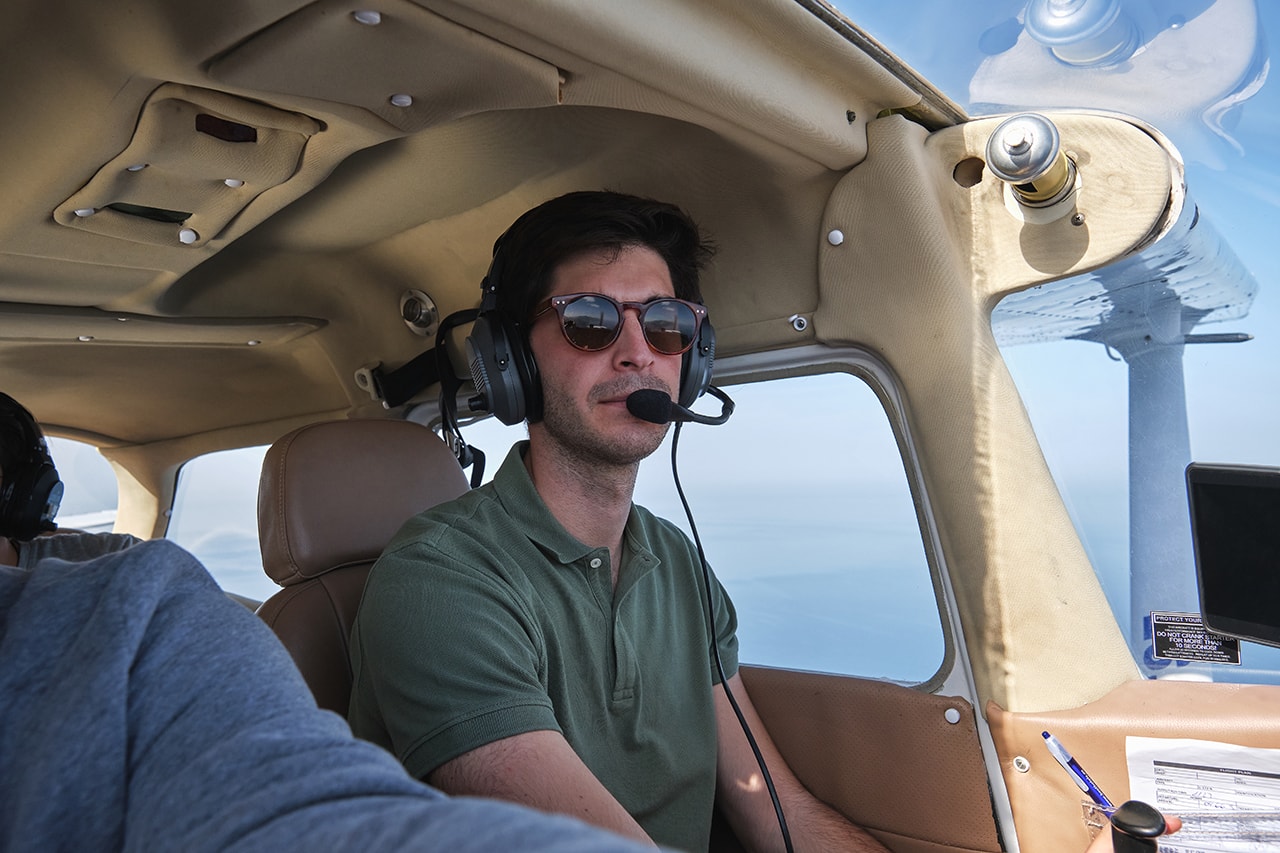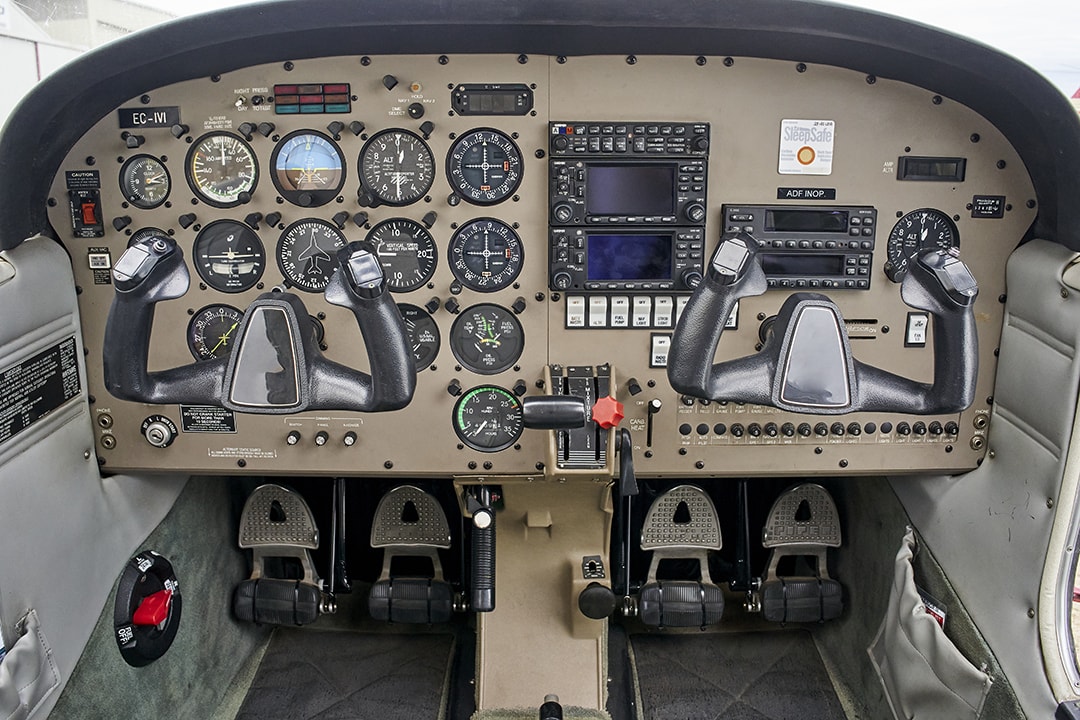Understanding the Real Sports Cost: A Guide for Parents and Athletesa
Oct 08, 2025
Understanding Sports Cost: An Introduction to Youth Sports Participation
Youth sports provide a wealth of benefits that go far beyond just physical activity. Participating in team sports and recreational leagues helps young people develop essential life skills such as teamwork, discipline, and leadership. These activities also promote better mental health by offering social interaction, boosting self-esteem, and reducing stress.
For many children, playing sports is not only a way to stay active but also a chance to build lasting friendships and enjoy fun experiences that contribute to their overall development at a young age. The value of these benefits is recognized by millions of families across the country who encourage their kids to engage in sports despite the rising costs involved.
Programs that follow light sport rules are often more inclusive and accessible, allowing children of all skill levels to participate without the pressure of elite competition.
The youth sports industry continues to grow rapidly, generating approximately $45 billion annually in 2025, with nearly 60 million children participating nationwide. Families are investing significant resources to support their child's athletic journey, with the average annual cost for one child's primary sport reaching around $1,100.
These expenses include participation fees, equipment costs, travel expenses for tournaments, and private coaching or lessons that help young athletes improve their skills and compete at higher levels.
While this financial investment can be substantial, many parents believe the benefits such as teaching life skills, providing opportunities for college scholarships, and promoting physical and mental well-being make it worthwhile.
However, the rising sports cost also highlights the need for more affordable and accessible youth sports programs that can support all families and local residents, ensuring every child has the chance to play and thrive in organized sports.
The Cost of Youth Sports

The cost of youth sports can be a significant financial challenge for many families, encompassing a wide range of expenses such as participation fees, travel costs, equipment purchases, and private lessons.
Participation fees alone often cover league registration, facility maintenance, and administrative costs, but these can add up quickly, especially for competitive leagues and travel teams.
Travel expenses include transportation, lodging, and meals, which become substantial when families attend out-of-town tournaments or regional competitions.
Equipment costs vary by sport and can include essentials like cleats, helmets, bats, and protective gear, all of which may need regular replacement as children grow or gear wears out.
Private lessons and specialized coaching, while beneficial for skill development and increasing chances of college schoalarships, can also cost families hundreds or even thousands of dollars annually.
According to recent data from Project Play and the Aspen Institute, the average family in 2025 spends approximately $1,050 per year on one child's primary sport, reflecting a steady rise in sports cost over the past few years.
Different sports come with varying costs, with soccer averaging around $1,250 annually and baseball about $750, according to the latest Project Play Fall 2024 report.
Ice hockey remains one of the most expensive youth sports, with seasonal costs ranging from $2,500 to $6,000 depending on the level of competition and geographic location.
Other sports like lacrosse, basketball, volleyball, and football also contribute to the rising cost of youth athletics due to equipment needs, travel, and participation fees.
The increasing professionalization of youth sports, including year-round training, travel teams, and elite camps, further drives up expenses, making it difficult for many families to afford the associated costs.
This financial burden can limit access and participation, especially for families from lower-income backgrounds, highlighting the need for more affordable and inclusive youth sports programs that support youth sports development across communities and provide future opportunities for young athletes.
Factors Contributing to the Rising Cost

Several key factors have contributed to the rising sports cost in youth athletics over recent years. One major driver is the increasing professionalization of youth sports, where more emphasis is placed on competitive leagues, travel teams, and year-round training programs.
This shift means that families often face higher participation fees and more frequent travel expenses, especially when their children compete at elite levels.
Additionally, the demand for private lessons and specialized coaching has surged, as parents seek to give their kids a competitive edge and improve their chances of earning college scholarships.
These private coaching sessions, which can range from $50 to $100 per hour or more, add significantly to the overall cost that families must bear.
Another important factor is the rising cost of equipment and gear needed to play various sports. High-quality items like soccer cleats, baseball bats, helmets, and protective padding have become more expensive, making it challenging for many families to keep up with the necessary purchases, especially as children grow and need new sizes regularly.
Travel expenses also play a substantial role in increasing the financial burden, with costs for transportation, lodging, meals, and tournament entry fees adding up quickly for families involved in travel teams.
According to recent research by the Aspen Institute and Project Play, these combined expenses have pushed the average family to spend over $1,100 annually on one child's primary sport in 2025.
The Aspen Institute continues to advocate for more affordable and accessible youth sports programs to help ease this financial strain and ensure that all children, regardless of economic background, have the opportunity to play sports and enjoy their many benefits.
Private Lessons and Coaching
Private lessons and coaching offer young athletes the chance to receive specialized training tailored to their individual needs, helping them refine techniques, improve performance, and gain a competitive edge.
These sessions, which typically cost between $50 and $100 per hour, are often sought by families aiming to enhance their child’s skills and increase the likelihood of earning college scholarships.
While private coaching can significantly benefit skill development and confidence, the expense can be a substantial barrier for many families, especially those managing multiple children in sports or facing other financial challenges.
This rising cost contributes to the overall sports cost that parents spend annually, highlighting the need for more affordable options within the youth sports industry.
To help address these financial challenges, some youth sports programs now include private lessons and coaching as part of their packages, offering families a more cost-effective way to access expert instruction.
Coaches and trainers play a vital role beyond just skill-building they provide mentorship, motivation, and emotional support that contribute to a young athlete’s growth both on and off the field.
Organizations like the Aspen Institute and Project Play continue to emphasize the importance of accessible coaching and training opportunities, advocating for programs that reduce the financial burden on families while supporting the development of young athletes.
By increasing access to quality coaching, communities can help ensure that all children, regardless of economic background, have the chance to play sports, improve their abilities, and enjoy the many benefits of organized youth athletics.
Financial Investment

The financial investment required for youth sports in 2025 remains substantial, with many families spending thousands of dollars annually on sports expenses. This includes participation fees, travel costs, equipment purchases, and private lessons or coaching that help young athletes develop their skills.
The average family now spends approximately $1,100 per year on one child's primary sport, reflecting a steady increase compared to previous years. For families with multiple children involved in sports, these expenses can multiply quickly, creating a significant financial burden.
Despite these costs, many parents view their investment as worthwhile because youth sports offer numerous benefits, including improved physical health, enhanced mental well-being, and valuable opportunities for socialization and fun.
These experiences contribute to a child's overall development and help teach essential life skills such as teamwork, discipline, and leadership.
To manage the rising sports cost, families can adopt several practical strategies to reduce their financial investment without sacrificing their child’s participation.
Seeking out affordable youth sports programs within local communities or recreational leagues can help lower participation fees and travel expenses.
Purchasing used or second-hand equipment is another effective way to cut costs, as many items like cleats, helmets, and uniforms can be reused or passed down.
Additionally, carpooling to practices and games not only saves on transportation costs but also builds a supportive network among families. Organizations like the Aspen Institute and Project Play continue to advocate for more affordable and accessible youth sports programs, emphasizing the importance of reducing barriers so that all children have the opportunity to play sports, regardless of their economic background.
By combining these approaches, families can better navigate the financial demands of youth athletics while ensuring their children enjoy the many benefits of organized sports participation.
The Aspen Institute’s Role in Sports Development

The Aspen Institute plays a crucial role in shaping the youth sports industry by providing valuable research, resources, and support to enhance youth sports programs across the country. Through its dedicated Project Play initiative, the organization focuses on increasing access to youth sports and making participation more affordable for families facing rising sports costs.
By conducting in-depth studies and gathering data, the Aspen Institute sheds light on the challenges and opportunities within youth athletics, including the financial barriers many families encounter.
Their work emphasizes the importance of youth sports in fostering physical activity, socialization, and fun for children, while also promoting essential life skills such as teamwork and discipline.
This research-driven approach helps inform policies and programs aimed at reducing the overall cost of youth sports and expanding opportunities for all children to play sports regardless of their economic background.
Beyond research, the Aspen Institute actively collaborates with local communities, schools, and youth sports organizations to develop and implement affordable and accessible sports initiatives.
They provide practical guidance and resources tailored for parents, coaches, and sports administrators to create a more positive and supportive environment in youth athletics.
These efforts include advocating for inclusive programs that address disparities in access, especially for underserved populations, and promoting strategies that lower participation fees, equipment costs, and travel expenses.
For emerging or specialized youth programs such as those related to aviation understanding sport pilot medical requirements can also play a role in ensuring accessibility and safety for all participants.
By working closely with stakeholders at all levels, the Aspen Institute helps build sustainable youth sports ecosystems that prioritize fun, safety, and development over financial investment.
Their ongoing commitment to youth sports development supports the broader goal of ensuring every child has the chance to benefit from organized sports, contributing to healthier, happier communities in 2025 and beyond.
